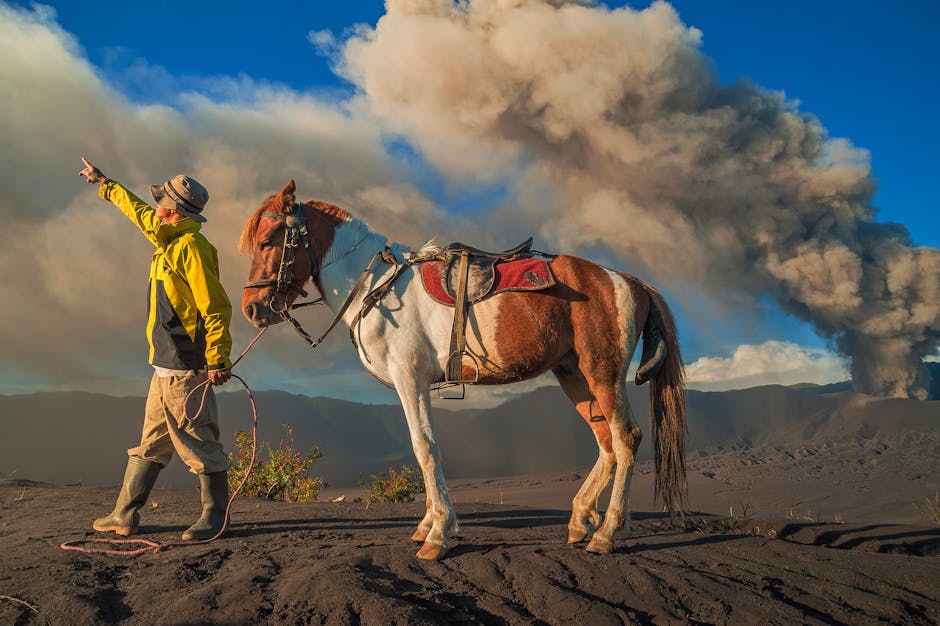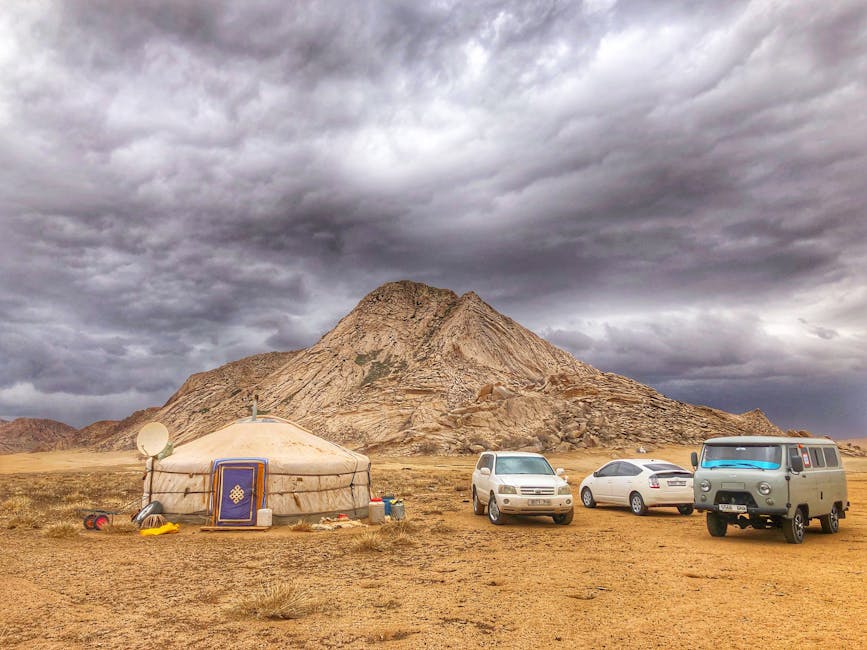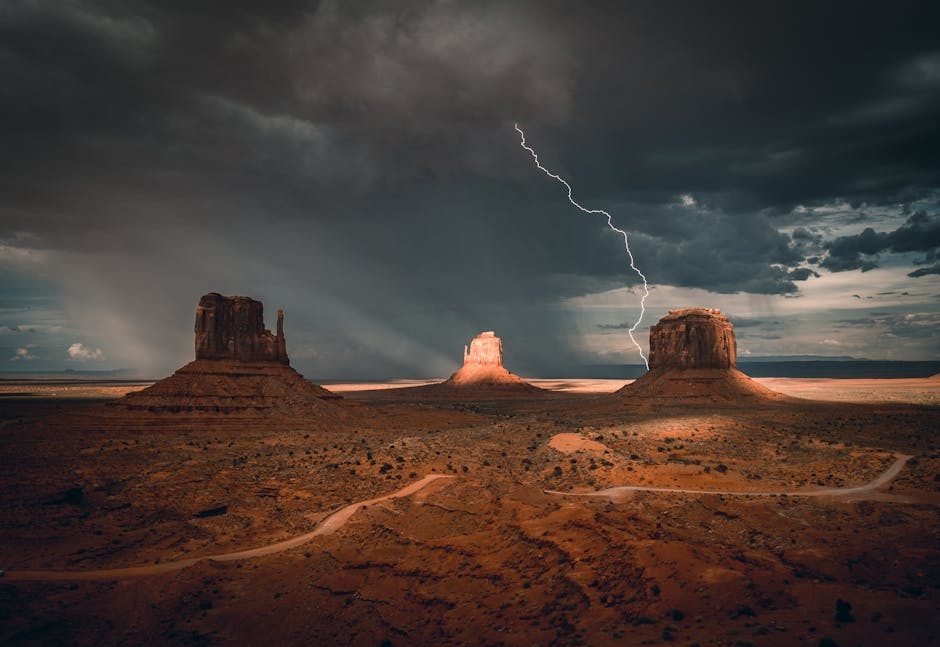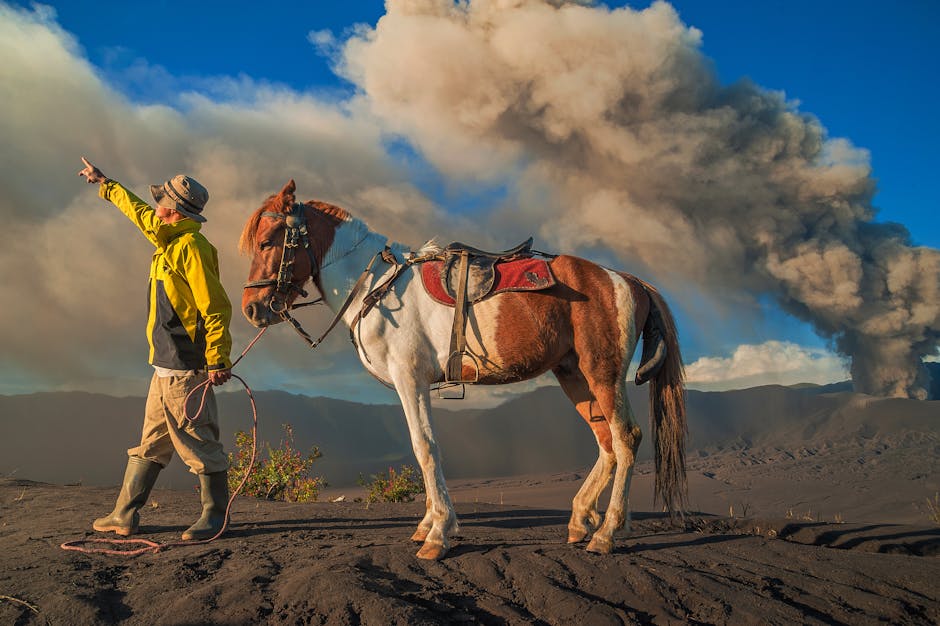Dust Storm Warning: Protecting Yourself and Your Property from the Fury of Nature
Dust storms, those swirling behemoths of sand and grit, are more than just a spectacle. They represent a serious threat to human health, infrastructure, and the environment. A dust storm warning signifies a significant risk, demanding immediate attention and preparation. Understanding the warning signs, taking appropriate precautions, and knowing what to do during and after a dust storm can significantly mitigate the potential damage and danger.
Understanding Dust Storm Warnings
Dust storm warnings aren’t issued lightly. Meteorological agencies meticulously monitor atmospheric conditions, using satellite imagery, radar, and ground-based observations to predict the likelihood and intensity of these events. A warning indicates that a severe dust storm is imminent or already underway, posing a substantial hazard to life and property. These warnings often include details like:

- Timing: The predicted start and end times of the storm.
- Location: The specific geographic areas affected.
- Intensity: An indication of the storm’s severity, possibly using a scale.
- Visibility: Predicted reduction in visibility, often measured in miles or meters.
- Wind speeds: Expected wind speeds, potentially reaching dangerous levels.
The level of urgency in a dust storm warning varies depending on the predicted intensity and potential impact. It’s crucial to pay close attention to official sources, such as your national weather service or local news channels, for the most accurate and up-to-date information.
Preparing for a Dust Storm
Proactive preparation is your best defense against the hazards of a dust storm. Before a warning is issued, or even during calmer periods, consider these preventative measures:
Protecting Your Home and Property:
- Secure loose objects: Anything that could be blown away—garden furniture, outdoor decorations, trash cans—should be secured or brought inside.
- Protect windows: Reinforce windows with plywood or storm shutters. Consider taping windows to minimize breakage from flying debris.
- Clean gutters and drains: Ensure that gutters and drains are clear to prevent clogging from accumulated dust.
- Park your vehicle safely: Park your car in a garage or sheltered area. If this isn’t possible, choose a location away from trees, power lines, and buildings.
- Bring pets indoors: Pets are vulnerable during dust storms. Provide them with a safe, enclosed space.
Preparing Yourself:
- Stock up on supplies: Have a supply of bottled water, non-perishable food, medications, flashlights, batteries, and a first-aid kit readily available.
- Create an emergency plan: Establish a communication plan with family and friends. Designate a meeting point in case you get separated.
- Monitor weather reports: Stay updated on weather forecasts and warnings. Use multiple sources to ensure you have accurate information.
- Prepare your respiratory system: Have dust masks readily available for everyone in your household. N95 masks offer the best protection.
During a Dust Storm
Once a dust storm hits, immediate action is crucial. The primary objective is to minimize exposure and protect yourself and your loved ones from harm:

- Stay indoors: Seek shelter in a sturdy building. Avoid basements and areas prone to flooding.
- Close all windows and doors: Seal any gaps to prevent dust from entering.
- Unplug electronics: Power surges can occur during dust storms. Protect your appliances from potential damage.
- Avoid driving: Driving during a dust storm is incredibly dangerous. Visibility is severely reduced, and strong winds can make steering difficult.
- Use caution when using electronic devices: Electronic equipment like cell phones may not function correctly during severe storms, due to loss of power or service.
- Protect your eyes and respiratory system: Wear goggles or safety glasses and a dust mask to minimize exposure to dust particles.
After a Dust Storm
After the storm subsides, the dangers don’t completely disappear. There’s a significant risk of secondary hazards, so proceed with caution:
- Check for damage: Inspect your home and property for any damage caused by wind or debris.
- Clean up cautiously: Wear protective gear when cleaning up debris. Avoid disturbing dust clouds.
- Dispose of debris properly: Follow local guidelines for disposing of storm-related debris.
- Monitor your health: Seek medical attention if you experience respiratory problems or other health issues.
- Be aware of potential hazards: Downed power lines and damaged infrastructure pose significant risks. Avoid contact.
Long-Term Considerations and Mitigation
Beyond immediate response, consider long-term strategies to mitigate the impact of future dust storms. These could include planting vegetation to stabilize soil, implementing sustainable land management practices, and supporting community-level preparedness initiatives.
Dust storm warnings are a critical part of disaster preparedness. By understanding the risks, taking preventative measures, and responding appropriately, you can significantly reduce the potential for harm and safeguard your well-being and property during these formidable natural events.


